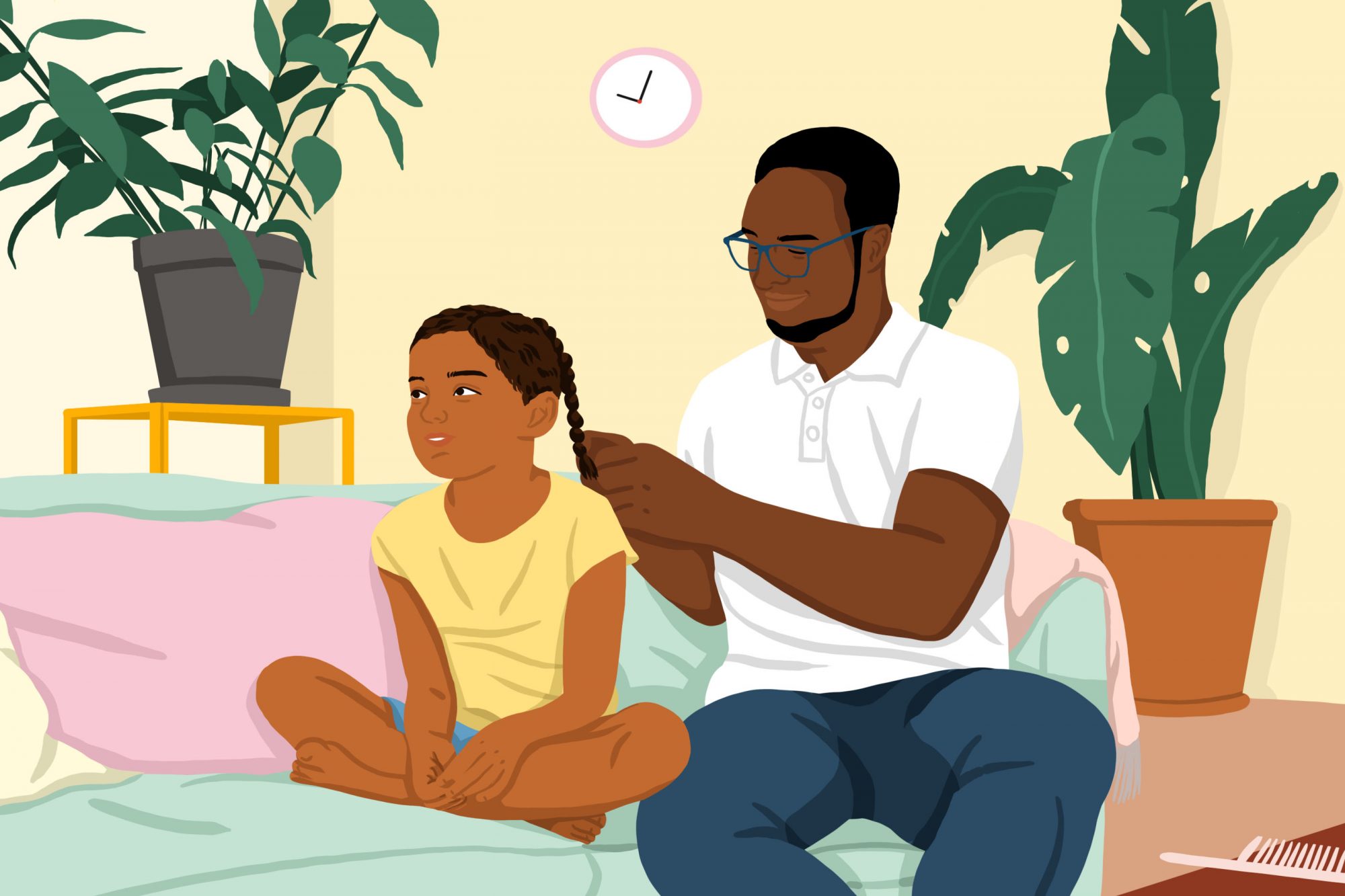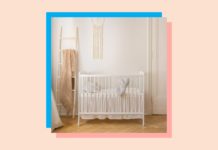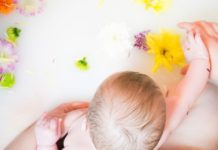
As a dad of two—each with wildly different hair—I know that when it comes to newborn textured and afro hair, keeping it knot/tangle free, hydrated (without it looking greasy), and getting through the hair care routine as quickly as possible is essential—especially once they begin to crawl and walk! But it's not always easy for new parents to know what to do or which products to use.
As the founder of afrodrops, a Black-owned online afro hair care store, I aim to empower everyone with natural afro and textured hair and make afro-centric hair care more accessible to all.
Here are some tips to help you learn about your baby's hair and find the best products to use without the costly trial and error.
Your Baby’s Hair Type Can Be Different (and Can Change Too)
Yup, same Mom and Dad for both my kids but they each have incredibly different hair textures, colors, and porosities. That means both of my kids' hair behave very differently even if we apply the same products.
Even though genetics play a big part in hair type, the hair that your baby's born with (and the more mature hair they grow when they get older) could still be wildly different from your own. So just because products work for your hair or an elder sibling's hair, doesn't mean they will work for your newborn's.
Newborn hair is particularly delicate, so making sure you put together a gentle hair care routine early will pay dividends in the long run and ensure healthy, happy hair that's easier to manage as your baby (and their hair) grows and changes.
It's also important to remember that there's a chance the hair your baby was born with could start to shed at around 8-12 weeks of age and begin to grow back at around 6 months. And up to 24 months, their hair will change as it develops and becomes thicker so be sure to review their hair care routine and adapt it to suit.
Hair Porosity is a Big Deal
The most important step of all when it comes to understanding your baby's hair is working out their hair porosity and not their curl pattern. And yet, many parents make the big mistake of going straight for products based on curl pattern and neglecting the importance of hair porosity.
Understanding your baby's hair porosity really helps you to identify what type of hair care products will work best as their hair begins to change, thicken, and grow to ensure optimal hair hydration.
For example, low porosity hair can easily be overwhelmed with oily products that are too heavy and look greasy or suffer from product build up. On the contrary, high porosity hair could need those richer/oilier products, as lighter products typically suited for low/med porosity are likely to leave the hair dry and brittle.
How can you know the difference? Hair porosity is all about observing how fast (or slow) their hair reacts and behaves when it's introduced to water. If your baby's hair (clean and free of product) starts to absorb water quickly, that's a sure sign of high porosity hair. However, if there's a temporary water repelling effect and/or it takes time for water to penetrate the hair shaft, that's a clear sign of low porosity hair. (Here's a great example of how low porosity hair demonstrates a water-resistant effect on dry hair.)
Secondly, if hair free of product naturally air dries quickly, that's a tell-tale sign of medium/high porosity hair. If it takes a while to naturally air dry, that's again a positive sign of low porosity hair.
Tips for low porosity hair
Tips for high porosity hair
Get a Detangling Brush
A Tangle Teezer (easier to use with shorter hair) or the EZ detangling brush are great choices for detangling curly hair. For extra detangling power, comb through while conditioner is in your baby's hair for extra slip; it's a great way to reduce pulling, pain and makes it easier to glide through any knots.
Lastly, if your baby is still in their cot, consider using a satin/silk cot slip to reduce tangling and knotting of their hair while they sleep.
How Often Should You Wash?
Typically, once a week is ideal when washing your baby's hair. Washing too frequently can make the hair dry, brittle, more prone to breakage and can strip it of its natural oils.
However, we of course appreciate that babies can get covered in all sorts from milk to poop and everything in between! So, to clean your baby's hair of soiling and dirt between wash days, I recommend a gentle co-wash to clean the hair without aggressively washing away those natural oils from their hair and scalp.
The Bottom Line
Identifying your baby's hair type will help you understand what their hair needs and help you find the right regiment to care for their tresses. From one parent to another, you've got this!





